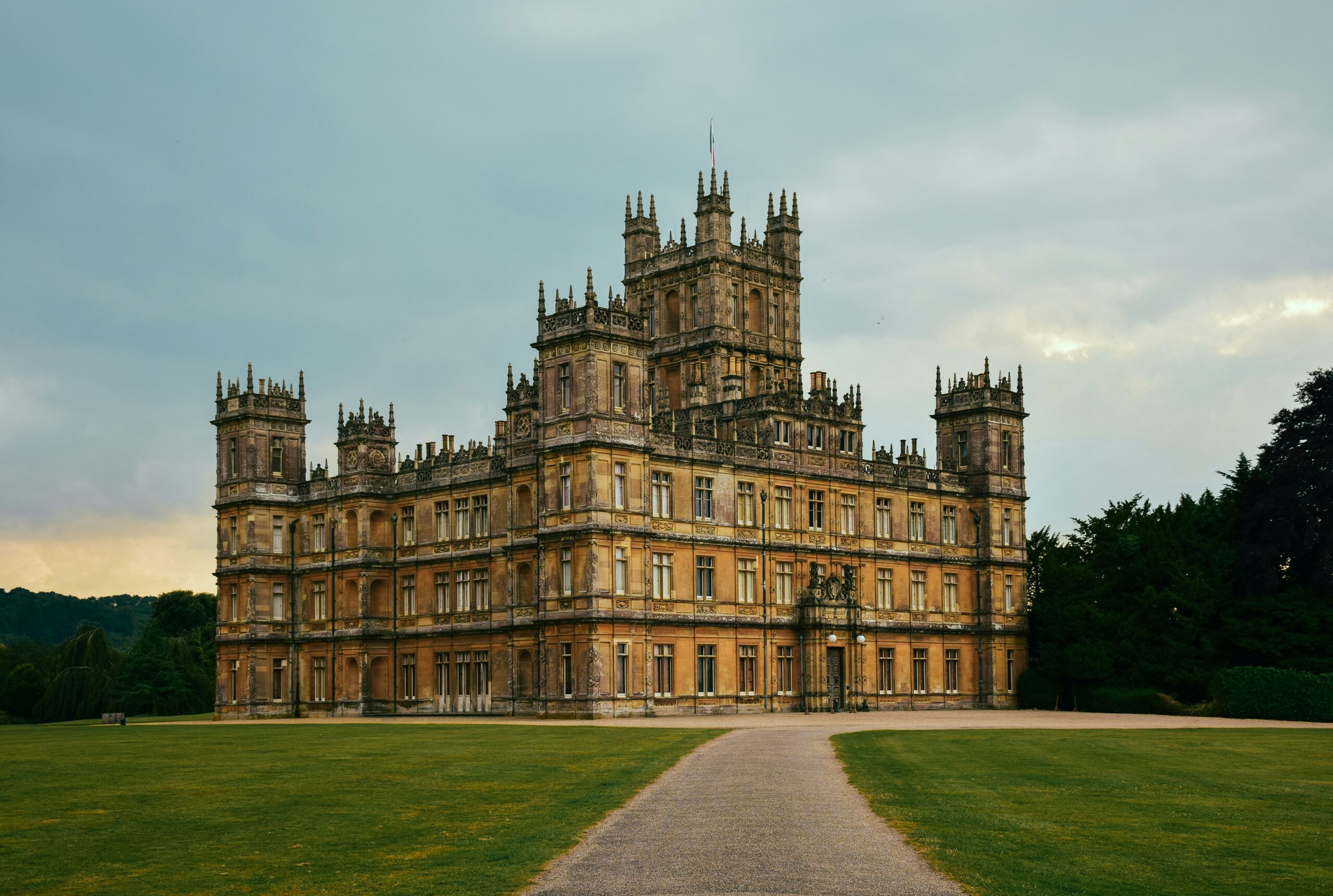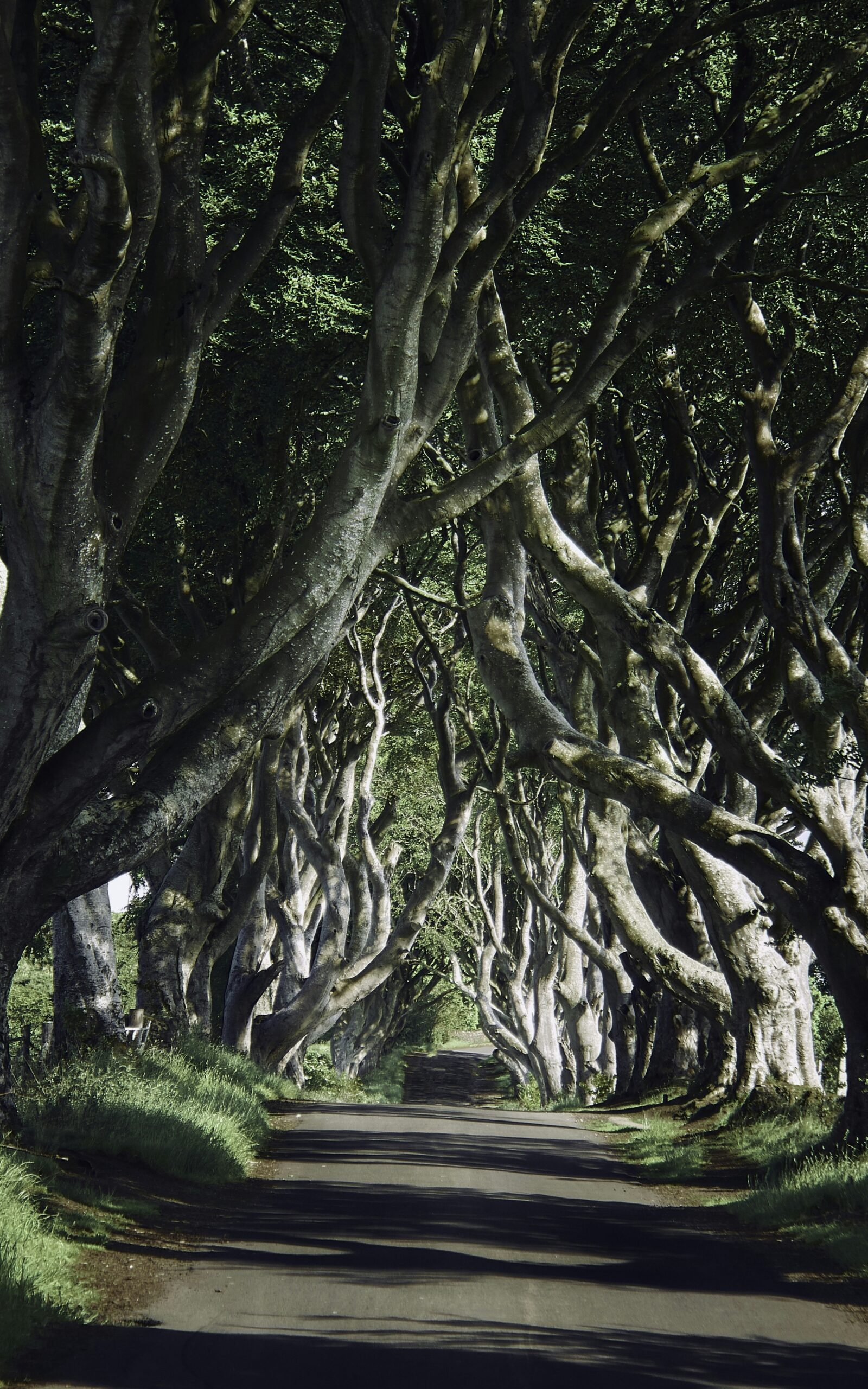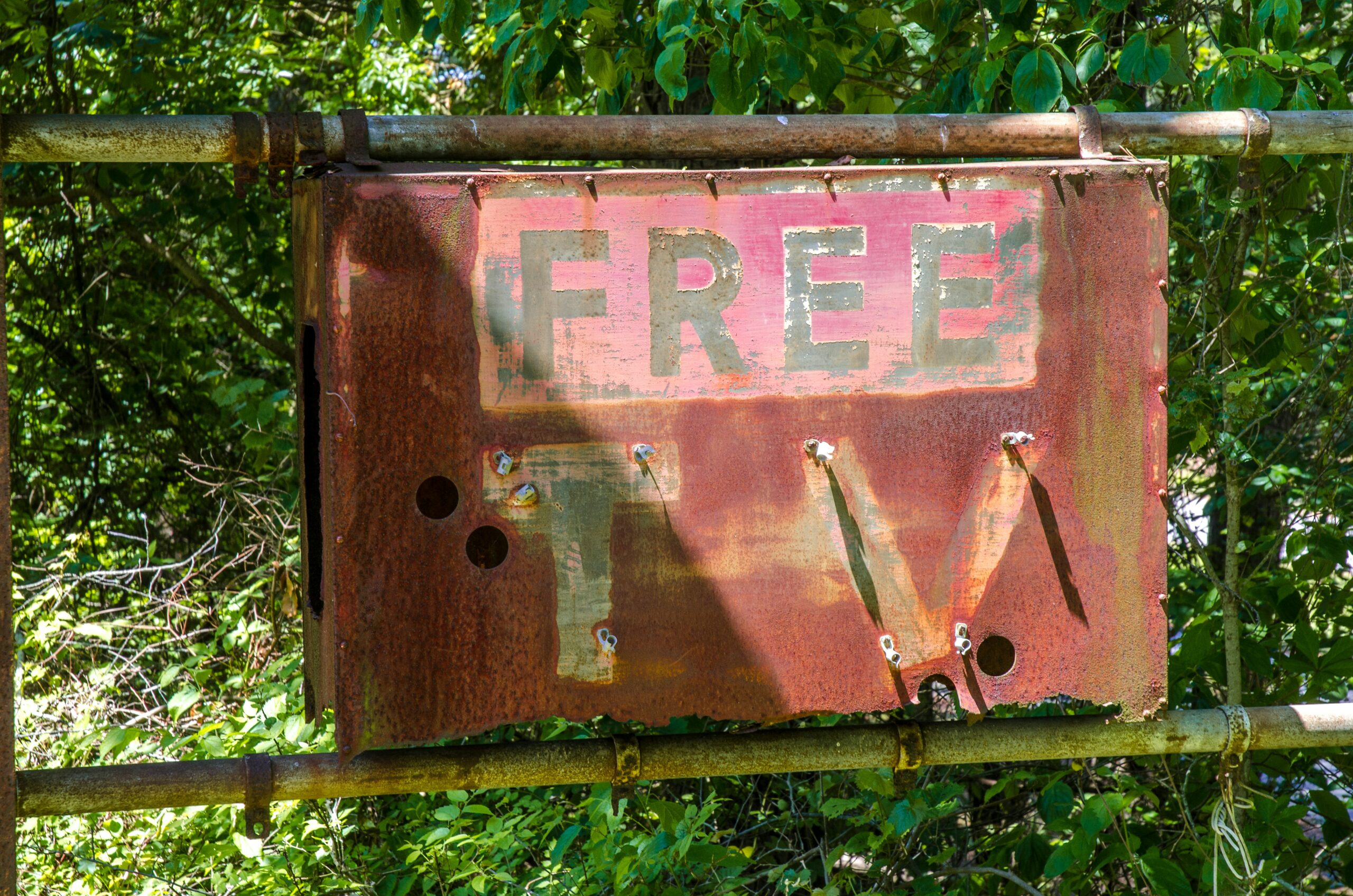Introduction to Coronation Street
First airing on December 9, 1960, Coronation Street, affectionately known as ‘Corrie,’ has established itself as a cornerstone of British television. Created by Tony Warren, this iconic soap opera takes place in the fictional town of Weatherfield, a setting deeply ingrained in the collective consciousness of its audience. The show’s inception marked a significant shift in television storytelling, offering a raw and authentic representation of working-class life in Northern England.
From its humble beginnings, Coronation Street quickly garnered a dedicated viewership, becoming a cultural phenomenon. Its significance in British television cannot be overstated; the show has earned numerous awards and accolades, solidifying its status as one of the longest-running TV soap operas globally. Key figures like producer Harry Elton and director Derek Bennett contributed immensely to its early success, helping to craft the unique tone and style that would define Coronation Street for decades.
The cultural impact of Coronation Street extends beyond entertainment. Over the years, the show has tackled numerous social issues such as domestic violence, mental health, and LGBTQ+ rights, sparking important conversations and promoting societal awareness. Its characters, from the legendary Ena Sharples to the beloved Ken Barlow, have become household names, reflecting the everyday struggles and triumphs of ordinary people.
As Coronation Street continues to evolve, it remains a testament to the power of storytelling and its ability to mirror societal changes. The show’s enduring popularity is a tribute to its ability to resonate with viewers, offering a blend of drama, humor, and relatable narratives that have stood the test of time. In an ever-changing media landscape, Coronation Street remains a steadfast presence, shaping and reflecting British culture for over six decades.
The History and Evolution of Coronation Street
Coronation Street, a cornerstone of British television, first graced screens on December 9, 1960. Created by Tony Warren, the show was initially met with skepticism but quickly won over audiences with its realistic portrayal of working-class life in the fictional town of Weatherfield. The early episodes focused on the everyday lives of its characters, resonating with viewers through its authentic storytelling and relatable themes.
As the years progressed, Coronation Street evolved to reflect changing societal norms and technological advancements. The 1970s and 1980s marked a period of increased complexity in its storylines, tackling issues such as domestic violence, racism, and economic hardship. These years also saw the introduction of color broadcasts, enhancing the visual experience for the audience.
The 1990s and early 2000s brought further innovation in production techniques. High-definition broadcasting, advanced special effects, and more dynamic camera work became integral to the show’s production. Notable storylines from this era, such as the Richard Hillman murder plot and the tram crash of 2010, showcased the show’s ability to balance dramatic tension with character-driven narratives.
Throughout its history, Coronation Street has stayed true to its core values of community and resilience. The show has consistently adapted to reflect contemporary issues, including mental health awareness, LGBTQ+ representation, and the evolving dynamics of family life. This commitment to authenticity has ensured its relevance and popularity across generations.
Today, Coronation Street continues to be a beloved staple of British culture, celebrated for its rich history and ongoing contribution to the television landscape. Its ability to evolve while maintaining its foundational principles is a testament to its enduring appeal and cultural significance.
Iconic Characters and Cast Members
Few television series boast the rich tapestry of characters that Coronation Street has cultivated over the years. Among these, some figures have become synonymous with the show, leaving an indelible mark on British popular culture. Ken Barlow, portrayed by William Roache since the show’s inception in 1960, stands out as a cornerstone of Coronation Street. His character, a complex mix of ambition and vulnerability, has navigated countless storylines, from tempestuous relationships to personal triumphs and tribulations. Roache’s dedication to the role has not only garnered him a place in the Guinness World Records but has also cemented Ken Barlow as a stalwart presence on the cobbles.
Another iconic figure is Rita Tanner, played by Barbara Knox. Rita debuted in 1964 and became a regular character by 1972. Her character, known for her fiery red hair and even fierier spirit, has been through numerous dramatic arcs, including marriages, business ventures, and personal losses. Rita’s time as the owner of The Kabin newsagent has made her a central figure in the community, offering wisdom and support to many Weatherfield residents. Knox’s portrayal has earned her critical acclaim and a loyal fanbase, making Rita Tanner an enduring symbol of resilience and kindness.
Equally memorable is the character of Bet Lynch, brought to life by Julie Goodyear. Bet, with her leopard print wardrobe and beehive hairdo, became an emblem of the show’s flamboyant charm. Her tenure as the brassy barmaid and later landlady of the Rovers Return Inn provided viewers with a mix of humor, heartache, and tenacity. Goodyear’s dynamic performance made Bet Lynch one of the most unforgettable characters in the soap’s history.
These actors and their characters have not only contributed to the success of Coronation Street but have also left a lasting legacy that continues to resonate with audiences. Their stories, marked by pivotal moments and heartfelt performances, have helped shape the identity of this iconic British soap opera.
Memorable Storylines and Plot Twists
Coronation Street, often referred to as “Corrie,” has been a staple of British television since its inception in 1960. Over the decades, the show has captivated audiences with an array of memorable storylines and plot twists that have left lasting impressions. Among these, several stand out for their dramatic impact and their ability to address real-world issues.
One of the most iconic events in Coronation Street history is the tram crash of 2010. This dramatic episode saw a tram derail and crash into the street, resulting in significant destruction and loss of life. This storyline not only provided a gripping spectacle but also allowed for deep character development and emotional storytelling as the residents of Weatherfield dealt with the aftermath.
Weddings have always been a central theme in soap operas, and Coronation Street is no exception. The wedding of Ken Barlow and Deirdre Langton in 1981 was a major event, drawing in millions of viewers. More recently, the wedding of Rana Habeeb and Kate Connor in 2019 tackled contemporary social issues, highlighting the struggles and triumphs of a same-sex couple in a traditional community.
High-profile exits and returns have also been a source of significant plot twists on Coronation Street. Characters like Bet Lynch, who left the show in 1995 and made a brief return in 2002, have kept viewers intrigued. Similarly, the character of Todd Grimshaw, who was the first openly gay character on the show, left in 2004 and returned in 2017, providing new dimensions to ongoing story arcs.
Coronation Street has never shied away from addressing controversial topics. The show has explored issues such as domestic violence, mental health, and substance abuse, often through powerful and thought-provoking storylines. For instance, the domestic abuse storyline involving Tyrone Dobbs and Kirsty Soames brought attention to the issue of male victims of domestic violence, a topic rarely covered in media.
These memorable storylines and plot twists have not only kept audiences hooked but also underscored Coronation Street’s ability to reflect and engage with real-world issues, making it a cornerstone of British television.
The Setting: Weatherfield and the Rovers Return
Coronation Street, one of Britain’s most beloved and enduring soap operas, is set in the fictional industrial town of Weatherfield. This setting provides a quintessential backdrop that reflects the working-class roots and community spirit of the series. The meticulously crafted town encompasses various key locations that have become iconic in their own right, contributing significantly to the narrative fabric of the show.
At the heart of Weatherfield lies the Rovers Return Inn, undoubtedly the most iconic location within the series. The Rovers Return is more than just a pub; it is the social epicenter of the community. Over the decades, it has been the venue for countless memorable scenes, from dramatic confrontations and heartwarming reconciliations to celebrations and farewells. The pub’s intimate atmosphere fosters a sense of camaraderie among the residents, making it a crucial element of the show’s enduring appeal.
Beyond the Rovers Return, other key locations in Weatherfield also play pivotal roles in the storyline. The corner shop, for instance, is a bustling hub of daily life where characters frequently interact, sharing gossip and forming bonds. Similarly, the factory serves as both a workplace and a stage for various personal and professional dramas, reflecting the economic struggles and triumphs of the community.
The residents’ homes are equally significant, offering a glimpse into the private lives of the characters. These domestic settings allow viewers to connect with the characters on a deeper level, witnessing their personal challenges and triumphs. The diversity of the households, from modest flats to more spacious homes, also highlights the socioeconomic spectrum within Weatherfield.
In essence, the setting of Weatherfield, with its iconic locations such as the Rovers Return Inn, corner shop, and factory, forms the backbone of Coronation Street. It provides a rich, authentic environment that anchors the show’s narrative and fosters a deep connection with its audience, ensuring its place as a staple of British television for generations.
Behind the Scenes: Production and Filming
Producing a long-running soap opera like Coronation Street involves meticulous planning and an unwavering commitment to quality. Filming primarily takes place at the ITV Studios in Manchester, specifically the MediaCityUK complex in Salford which became the show’s home in 2013. This state-of-the-art facility offers expansive sets and cutting-edge technology, enabling the production team to bring the fictional town of Weatherfield to life with remarkable authenticity.
One significant milestone in the show’s history was the transition to high-definition (HD) broadcasting in 2010. This upgrade required extensive adjustments, from set redesigns to enhance visual details to changes in makeup and lighting techniques. This move not only improved the viewing experience but also upheld the high standards that fans of Coronation Street have come to expect.
Producing multiple episodes per week is a feat that requires a highly coordinated effort. On average, Coronation Street airs five episodes weekly, necessitating a rigorous filming schedule. The production operates on a tight timeline, with scripts being written, rehearsals conducted, and scenes filmed in quick succession. This complex process is facilitated by a dedicated crew that includes directors, producers, writers, set designers, and more.
In a recent interview, series producer Iain MacLeod shared insights into the production challenges: “Maintaining the show’s high quality while producing so many episodes is no small task. It’s a constant juggling act, but our team thrives on it. The dedication and passion of everyone involved are what keep Coronation Street fresh and engaging.”
Director David Kester also highlighted the triumphs: “One of the greatest joys of working on this show is seeing how the sets evolve and how we can push the boundaries of storytelling. The transition to HD was particularly exciting, as it allowed us to add new layers of depth to our visual narrative.”
The logistical demands of producing Coronation Street are immense, yet the team’s collective expertise and enthusiasm ensure that the soap opera continues to be a beloved staple of British television. The behind-the-scenes efforts contribute significantly to the show’s enduring success and its cherished place in the hearts of viewers.
Cultural Impact and Legacy
Since its debut in 1960, “Coronation Street” has become much more than just a television show; it has evolved into a cultural phenomenon with a profound impact on British society and beyond. The show’s meticulous portrayal of working-class life in the fictional town of Weatherfield has resonated deeply with audiences, earning it a cherished place in the hearts of millions. Beyond entertainment, “Coronation Street” has significantly influenced popular culture, setting trends and often mirroring societal changes.
One of the most remarkable aspects of “Coronation Street” is its ability to tackle pressing social issues head-on. Over the years, it has addressed topics such as domestic violence, LGBTQ+ rights, mental health, and racial discrimination, often sparking public discourse and raising awareness. This commitment to social realism has garnered critical acclaim and numerous accolades, including multiple British Soap Awards and National Television Awards.
Testimonials from fans and critics alike underscore the show’s enduring appeal. A longtime viewer, Jane Smith, notes, “Coronation Street has been a staple in my home for decades. It not only entertains but also educates and informs.” Critics have similarly praised the show for its bold storytelling and complex characters. The Guardian once described it as “a mirror reflecting the ever-changing face of British society.”
Maintaining relevance over six decades is no small feat, yet “Coronation Street” has managed to do just that. The show’s ability to evolve while staying true to its roots is key to its longevity. By continually introducing new characters and storylines that resonate with contemporary audiences, it remains a vital part of British television.
In summary, “Coronation Street” is more than just a soap opera; it is a cultural institution that has shaped public perceptions and fostered important conversations. Its legacy is a testament to its outstanding storytelling and unwavering commitment to addressing real-world issues.
The Future of Coronation Street
As one of the longest-running soap operas, Coronation Street faces the unique challenge of staying relevant in an ever-evolving media landscape. Speculation about the future of Coronation Street often revolves around several key areas: upcoming storylines, potential changes in the cast, and the adaptation to digital platforms and social media engagement.
Upcoming storylines are crucial for maintaining viewer interest. The show’s writers continuously explore contemporary issues that resonate with both new and longtime fans. Topics such as mental health, societal changes, and evolving family dynamics are expected to feature prominently in future episodes. These storylines not only keep the narrative fresh but also reflect the changing social fabric, ensuring that the show remains relatable.
Regarding the cast, Coronation Street has always seen a mix of veteran actors and new talent. This blend ensures that the show retains its historical depth while also injecting fresh energy. It is anticipated that this trend will continue, with more diverse and inclusive casting to mirror the multifaceted nature of modern society. This approach not only enriches the storytelling but also attracts a broader audience.
In the digital age, the show’s adaptation to digital platforms is pivotal. Coronation Street’s presence on streaming services allows viewers to watch episodes at their convenience, appealing to younger audiences who favor on-demand content. Additionally, social media plays a significant role in fan engagement. Interactive content, behind-the-scenes footage, and live Q&A sessions with cast members foster a community around the show, making fans feel more involved and invested in the storyline.
Attracting new viewers while retaining long-time fans is a delicate balance. Innovative marketing strategies, active social media engagement, and compelling storytelling are essential. By leveraging digital platforms and continuously evolving storylines, Coronation Street aims to remain a staple in British television for years to come.



